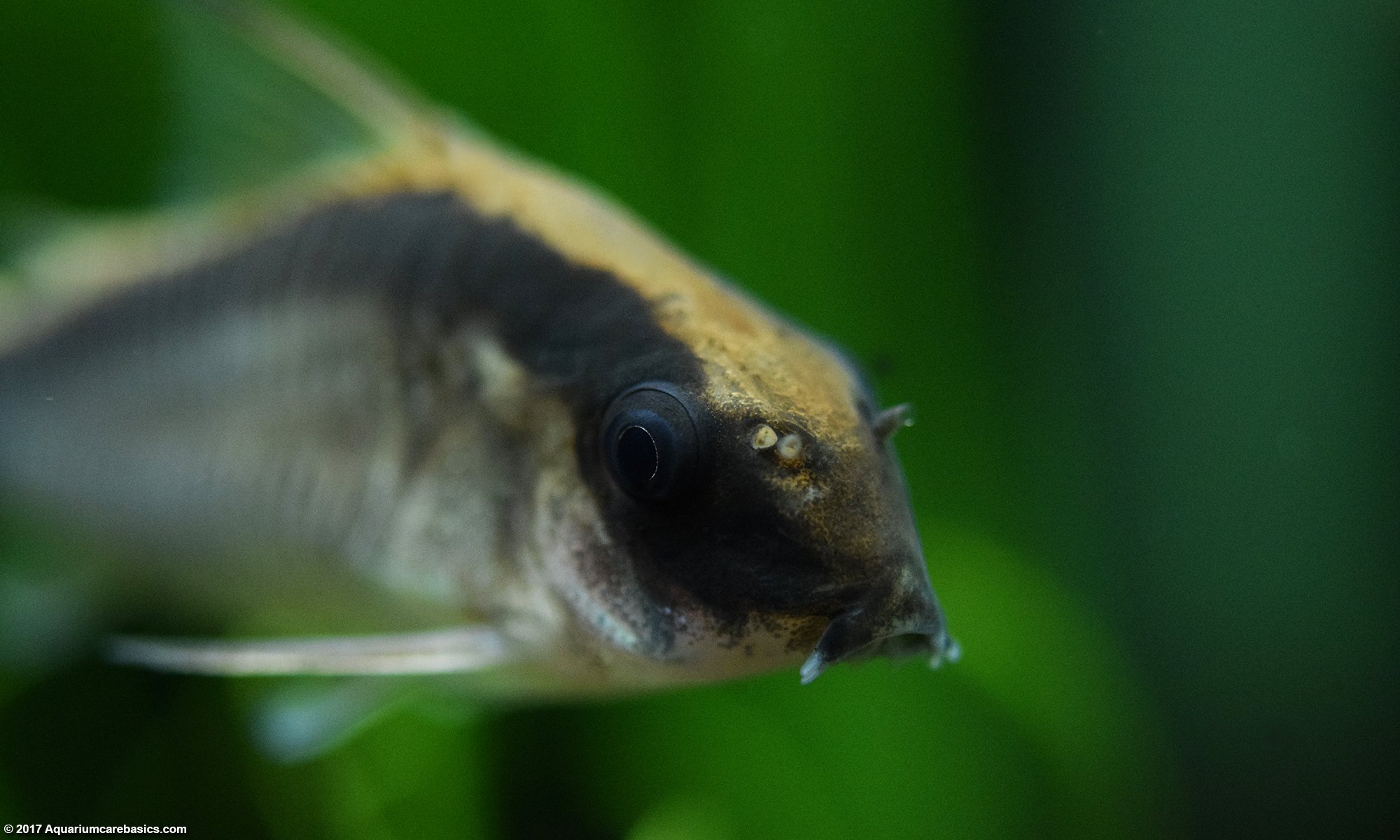
Peppered Cory Catfish Image Source. Cory Catfish lifespan can be 5 years or significantly more under the right conditions.

The peppered cory catfish can do well in a wide range of parameters.
Peppered cory catfish lifespan. Salt and pepper cory lifespan. Salt and pepper corydoras can live for 2 to 3 years and that is one of the best things about them because many fishes cant live for more than 2 years. They have a lifespan of 10 to about 15 years with proper care.
The Peppered Cory belongs to the catfish family Callichthyidae and like all catfish they are scaleless. Corydoras are known as armored catfish because they have two rows of bony plates called scutes along the length of the body. Peppered Cory Peppered Catfish Salt and Pepper Cory Mottled Corydoras.
Up to 20 yea. Blue leopard corydoras peppered catfish peppered cory. 2 to 3 inches.
Yuppeppered cory has a long lifespansomewhere around 10 or even up to 15 yrs. Breeding Corydoras paleatus is fairly easy with a breeding protocol similar to all Corydoras. The optimum age for breeding your corydoras is around 34 years old.
Note that the older a female is the higher the thickness of the eggs. Peppered Cory Catfish Image Source. While a 5 year lifespan is common for the Corydora in an aquarium it is not uncommon for them to live up to 20 years either.
Most male species of Corydoras reach a maximum length of 25 inches while the females can grow out to a max length of 3 inches or more. The peppered cory catfish can do well in a wide range of parameters. The temperature should be between 74F and 80F or 23C and 27C.
PH should be between 70 and 80. As with any fish keeping the conditions as stable as possible is the best strategy but these fish are more forgiving than most when it comes to fluctuating conditions. The Peppered Cory Cat Corydoras paleatus is a species that comes from the lower Paraná River basin and coastal rivers of Uruguay and Brazil.
They are often referred to by tropical fish keeping enthusiasts as the Blue Leopard Corydora Mottled Corydora and Peppered Catfish. The Peppered Cory Cat is an active peaceful bottom dwelling scavenger that has a black and dark. Blue Leopard Corydoras Peppered Catfish Peppered Cory.
Males25 inches 65 cm Females3 inches 75 cm Lifespan. To 12 degrees dGH. 7278 degrees F 2226 degrees C.
At first the fry is small with a mean length of 75246 mm and is unable to eat sustaining themselves on the last of their yolk sacs. The fry will begin to eat 1-3 days after hatching and will eat the protozoan organisms in the tank and can be fed powdered food at this stage. Peppered corydoras should be fed on sinking pellets algae wafers blood worms and daphnia with a treat of blanched leaf vegetables such as spinach.
Origin These Corydoras originate from South America mostly from Uruguay and Brazil. Water temperature pH. Cory catfish prefer warm tropical waters.
This means they need a stable temperature anywhere between 74F to 80F. Their most comfortable temperature is at 77F. Warmer temperatures make digestion easier.
Cory catfish prefer soft water but can survive in moderately higher pH if they are captive bred and not wild-caught. Size and Lifespan. The Salt and Pepper Corydoras is a small freshwater fish that can grow up to 14 inches in length at full maturity.
With proper care diet and tank setup aquarists should expect their fish to live up to 5 years. It is recommended that the Salt and Pepper Corydoras is kept in a minimum 10 gallon tank. Cory Catfish Lifespan.
Durable and hardy Cory Catfish lifespan can be long compared to other fish. Cory Catfish lifespan can be 5 years or significantly more under the right conditions. That said its not uncommon for some Cory Cats to die shortly after being added to a tank.
Many varieties of Cory Catfish exist. Freshwater with fine substrate. 60-75 degrees F 70-80 pH.
The Peppered Cory Cat is omnivorous and will require a well-balanced diet including freeze-dried bloodworms and tubifex sinking catfish pellets flake food frozen and live foods. Feed a quality flake and pellet food as well as frozen brine and live worms.